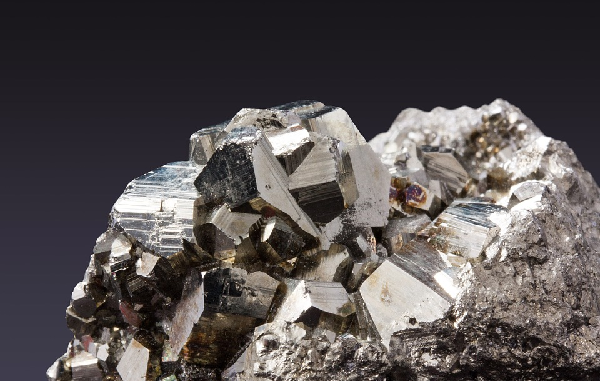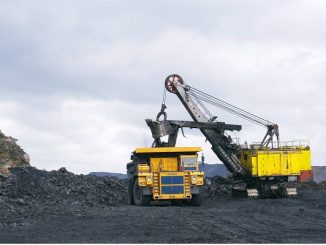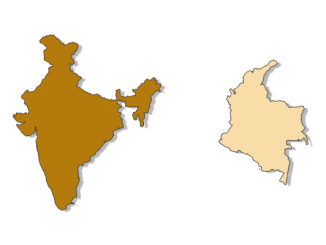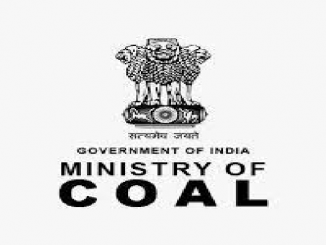
Mar 29:In order to ensure mineral security of the nation and to attain self-reliance in the area of critical and strategic minerals, the Ministry of Mines has created a Joint Venture company namely Khanij Bidesh India Ltd (KABIL) with participating interest of NALCO, HCL, and MECL. KABIL is mandated to identify and acquire overseas mineral assets of critical and strategic nature such as Lithium, Cobalt, etc. This initiative aimed at giving further fillip to AtmaNirbhar Bharat will cater to the requirements of crucial sectors such as e-mobility, renewable energy, medicine, aerospace, aviation, etc.
Based on a commissioned study and selection criteria, select source countries have been shortlisted for exploring possibilities of mineral asset acquisition abroad. So far, engagements are underway with select source countries such as Australia, Argentina, Bolivia, Chile, etc. which are endowed with the cited critical and strategic minerals specifically Lithium and Cobalt in hard rock formations in Australia and Lithium as brine in the huge tract of SALARs as in Latin American countries. The interface has been the respective Embassies and Missions of India in those countries for sharing information with respect to prospective mineral acreages primarily with state-owned organizations for taking up due diligence and investment decisions.
Pursuant to the engagement with Australia, during the apex level discussion between the Hon’ble Premier of Australia and Hon’ble Prime Minister of India held on 3rd June 2020, a G2G MoU was signed between the Government of India and the Government of Australia through the Ministry of Mines and Critical Minerals Facilitation Office (CMFO) respectively for co-operation in the field of mining and processing of Critical and Strategic Minerals.
Under aegis of the G2G MoU, now a detailed MoU with a collaborative framework has been signed between KABIL and Critical Minerals Facilitation Office (CMFO), under the Department of Industry, Science, Energy, and Resources (DISER), Government of Australia on 10th March 2022 for carrying out joint due diligence of select Greenfield and Brownfield projects to identify Lithium and Cobalt mineral assets for final joint investment decisions and acquisition of the assets in Australia catering to the critical & strategic ecosystem of both the countries. Both India & Australia has committed an initial investment of USD 6 Million for the joint due diligence process in the 50:50 ratio of participating interest. The MoU has also outlined the inclusion of any other CPSE as an investment partner in the asset acquisition process. An estimated timeline of six months has been envisaged for the due diligence process & further investment decisions.
As part of the ongoing bilateral engagements between Australia and India, the second India-Australia Virtual Summit between Prime Minister Shri Narendra Modi, Mr. Scott Morrison MP, Prime Minister of Australia was held on21stMarch 2022. Both the Leaders noted that the global low carbon transition requires rapid development of clean technologies and equitable access to critical minerals. They welcomed the signing of a Memorandum of Understanding between KABIL, India, and CMFO, Australia for joint cooperation on critical minerals projects. The key principles and objectives of this MoU are as follows:
- To provide a collaborative framework for building an Australia- India partnership in the critical mineral eco-system;
- To support strategic national interest and commercial investment in Australian critical mineral projects; and
- To develop a robust and commercially viable critical minerals supply chain with the purpose to foster innovation, support sustainable production, and ensuring reliable supplies of the materials needed to fuel sectors like transport, energy, telecommunications, medicine, aviation, and defense.
****
Disclaimer: We donot claim that the images used as part of the news published are always owned by us. From time to time, we use images sourced as part of news or any related images or representations. Kindly take a look at our image usage policy on how we select the image that are used as part of the news.


